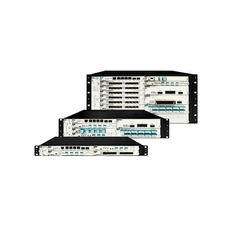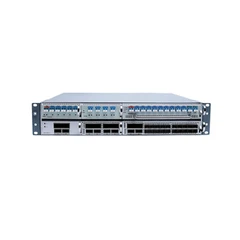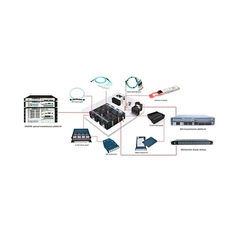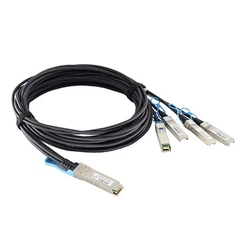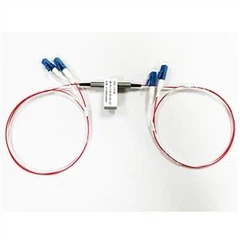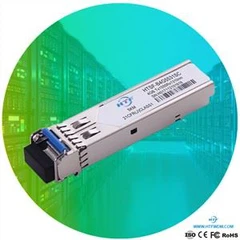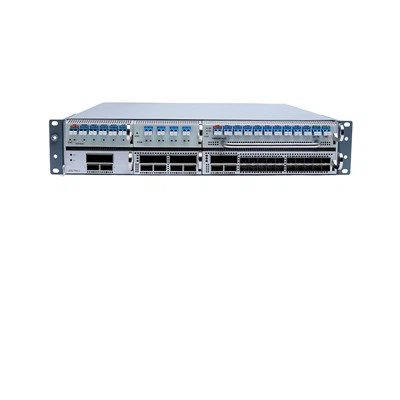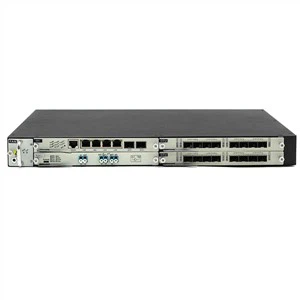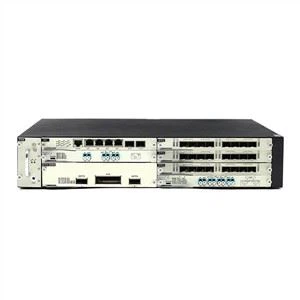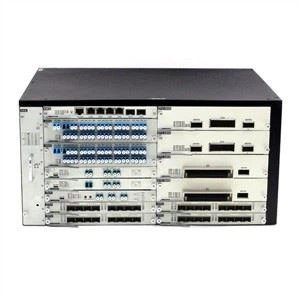The intensity of the optical signal received by the optical receiving device needs to be within a certain range, and the optical power cannot be too strong or too weak, otherwise the life of the device will be shortened or it will not work properly.
The optical fiber attenuator is an optical passive device that can be used to reduce the energy of the optical signal and attenuate the input optical power to avoid distortion of the optical receiver due to the super strong input optical power.
The optical fiber attenuator reduces the optical power through the absorption, reflection, diffusion, scattering, deflection, diffraction, and dispersion of the optical signal. For example, for the absorption of optical signals, set the optical fiber attenuator to a working wavelength range that can absorb light energy. In this range, it does not reflect light and reduces unnecessary echo reflection. In this way, the optical power attenuation effect is achieved.
Generally use air isolation technology, displacement dislocation technology, attenuation fiber technology, absorption glass method and other technologies to make optical attenuators.
The attenuation range of the optical attenuator is 0~65dB. Among them, the attenuation power of the fixed fiber attenuators currently on the market is between 1 to 30 dB. Fixed fiber attenuator is a type of fiber attenuator, which fixes the attenuation power at an attenuation value. Generally used in telecommunications networks, optical fiber test equipment, local area networks (LAN) and cable television (CATV) systems.

Among passive devices, fiber optic attenuators are widely used, second only to connectors and couplers. The performance indicators to measure the optical attenuator mainly include attenuation, insertion loss, attenuation accuracy, return loss, etc. High-performance optical attenuators have low insertion loss, and return loss is usually above 40dB.

